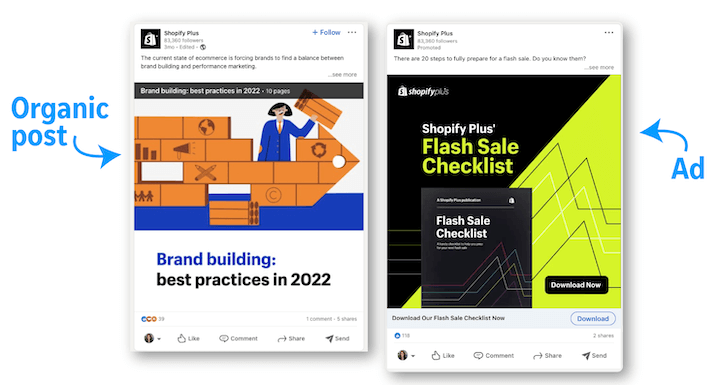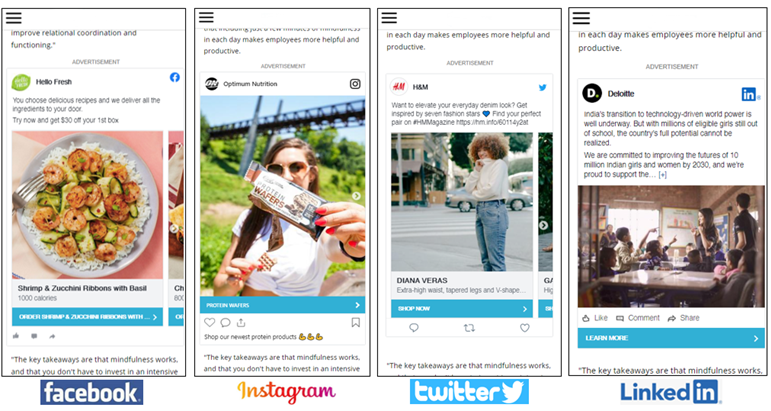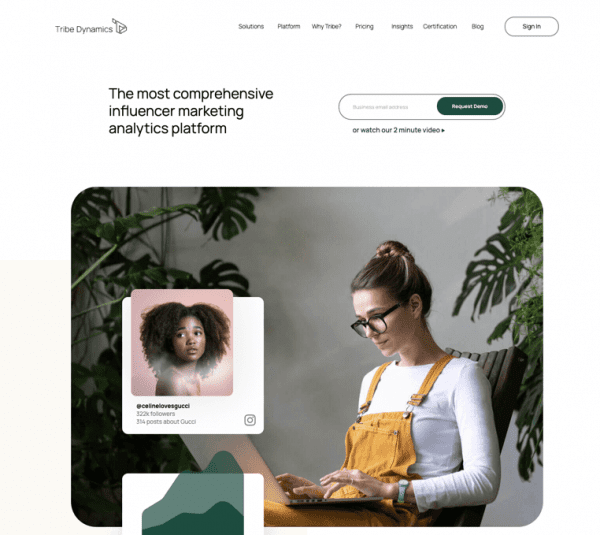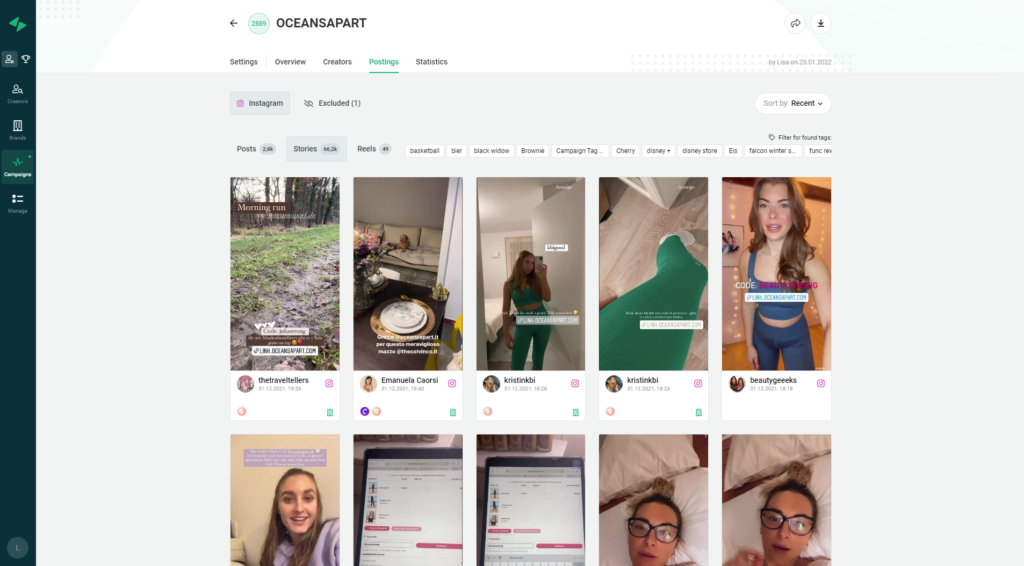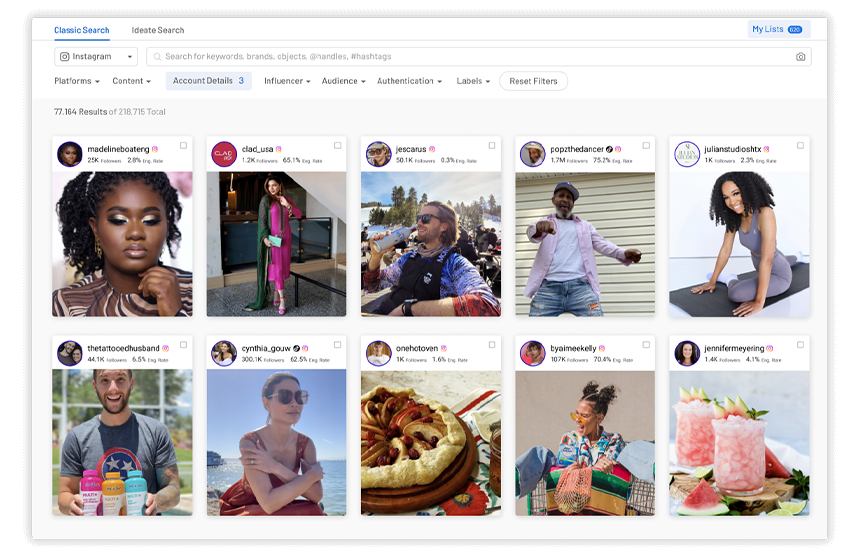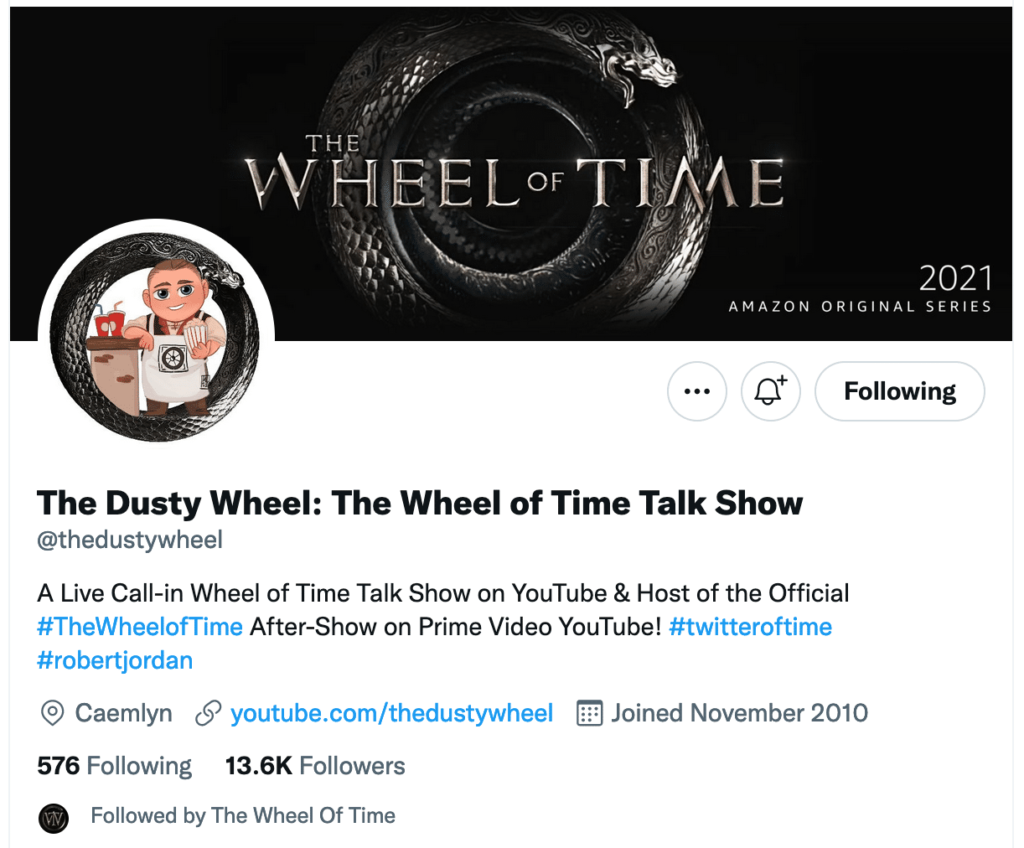In today’s digital age, social media has become an integral part of businesses’ marketing strategies. While it offers numerous benefits, it also comes with risks. Social media crises can arise unexpectedly, and if not managed properly, they can significantly damage a company’s reputation. That’s why effective crisis management and reputation management are essential for any business utilizing social media platforms.
Preparedness is key
Develop a crisis management plan in advance to be ready for any potential social media crisis. This includes establishing a dedicated team, defining roles and responsibilities, and outlining a step-by-step response strategy.
Monitor social media channels
Regularly monitor social media platforms for mentions, comments, and messages related to your brand. This helps identify potential issues early on and allows for a timely response.

Act swiftly and transparently
In the event of a social media crisis, it’s crucial to respond quickly and transparently. Acknowledge the issue, take responsibility, and provide clear and concise information to address concerns.
Communicate effectively
Choose the appropriate communication channels to address the crisis. Depending on the severity of the situation, it may be necessary to issue a public statement, hold a press conference, or use other platforms to convey your message effectively.
Stay calm and professional
It’s important to remain calm and professional throughout the crisis. Avoid engaging in arguments or responding with emotional reactions. Instead, focus on providing accurate information and resolving the issue at hand.

Engage with your audience
Actively engage with your audience during a crisis. Respond to their questions, concerns, and feedback promptly. Show empathy and understanding to maintain a positive relationship with your customers.
Monitor and adjust your strategy
Continuously monitor the impact of the crisis on your brand’s reputation. Analyze the data, gather feedback, and make necessary adjustments to your social media strategy to prevent future crises and improve reputation management.
Seek professional help if needed
In some cases, it may be necessary to seek the assistance of a professional crisis management or PR agency with experience in handling social media crises. They can provide valuable guidance and support during challenging times.

Learn from the experience
After a crisis has been resolved, take the time to evaluate the situation and learn from it. Identify areas for improvement in your crisis management plan and make necessary updates to prevent similar incidents in the future.
Build a positive online reputation
In addition to crisis management, focus on building a strong and positive online reputation. Consistently deliver quality products or services, engage with your audience, and proactively address customer concerns to maintain a favorable image.
In conclusion, managing social media crises and reputation management is crucial for businesses in today’s digital landscape. By being prepared, monitoring social media channels, responding promptly, and maintaining open communication with your audience, you can effectively navigate through crises and protect your brand’s reputation. Remember, a well-handled crisis can even turn into an opportunity to showcase your brand’s integrity and commitment to customer satisfaction.
Key Points Summary
- Preparedness: Develop a crisis management plan in advance to be ready for potential social media crises.
- Monitor social media channels: Regularly monitor platforms for mentions, comments, and messages related to your brand.
- Swift and transparent response: Respond quickly and transparently to acknowledge the issue and provide clear information.
- Effective communication: Choose appropriate channels to address the crisis and convey your message effectively.
- Remain calm and professional: Avoid arguments or emotional reactions, focus on providing accurate information, and resolve the issue.
- Engage with the audience: Actively engage with customers, respond to their questions and concerns promptly.
- Monitor and adjust: Continuously monitor the impact of the crisis, analyze data, gather feedback, and adjust social media strategy.
- Seek professional help if needed: Consider involving crisis management or PR agencies experienced in handling social media crises.
- Learn from the experience: Evaluate the crisis, identify areas for improvement, and update the crisis management plan accordingly.
- Build a positive reputation: Focus on delivering quality products or services, engaging with the audience, and addressing customer concerns proactively.
Contact our Vietnam team to learn more about how we can help you optimize your website for SEO and achieve your online marketing goals










